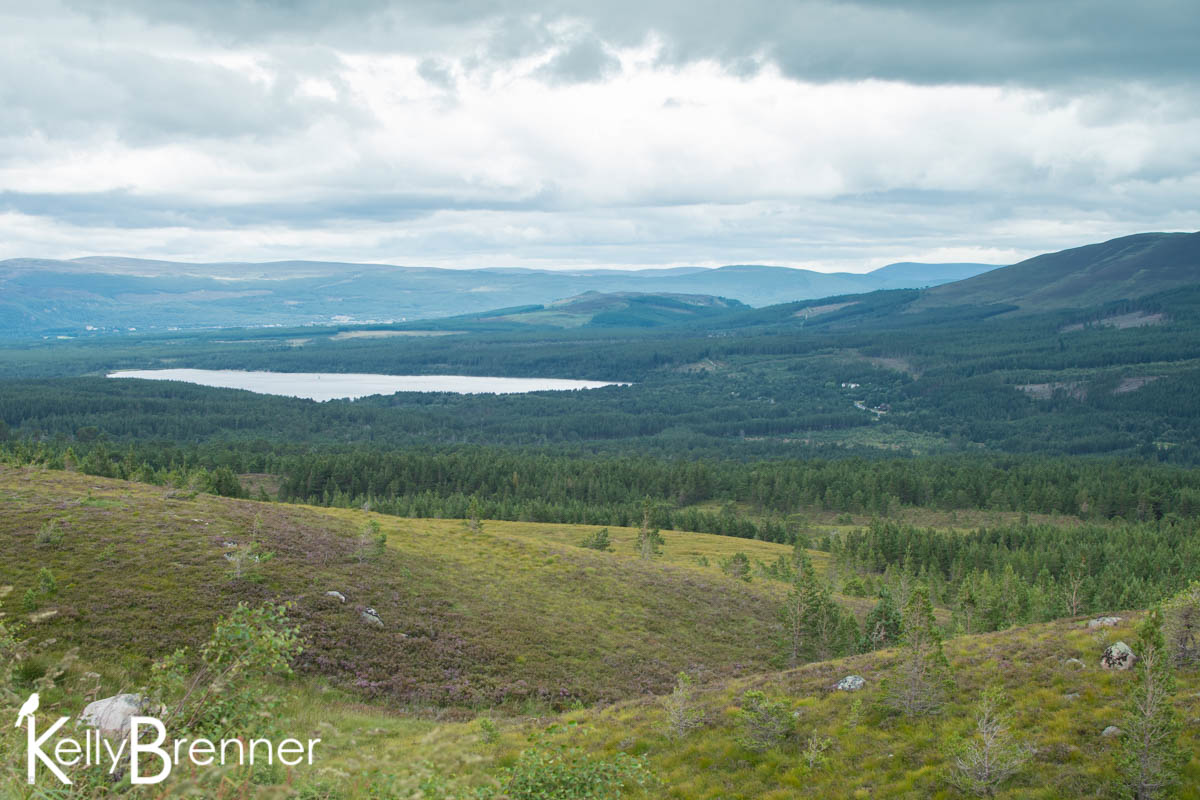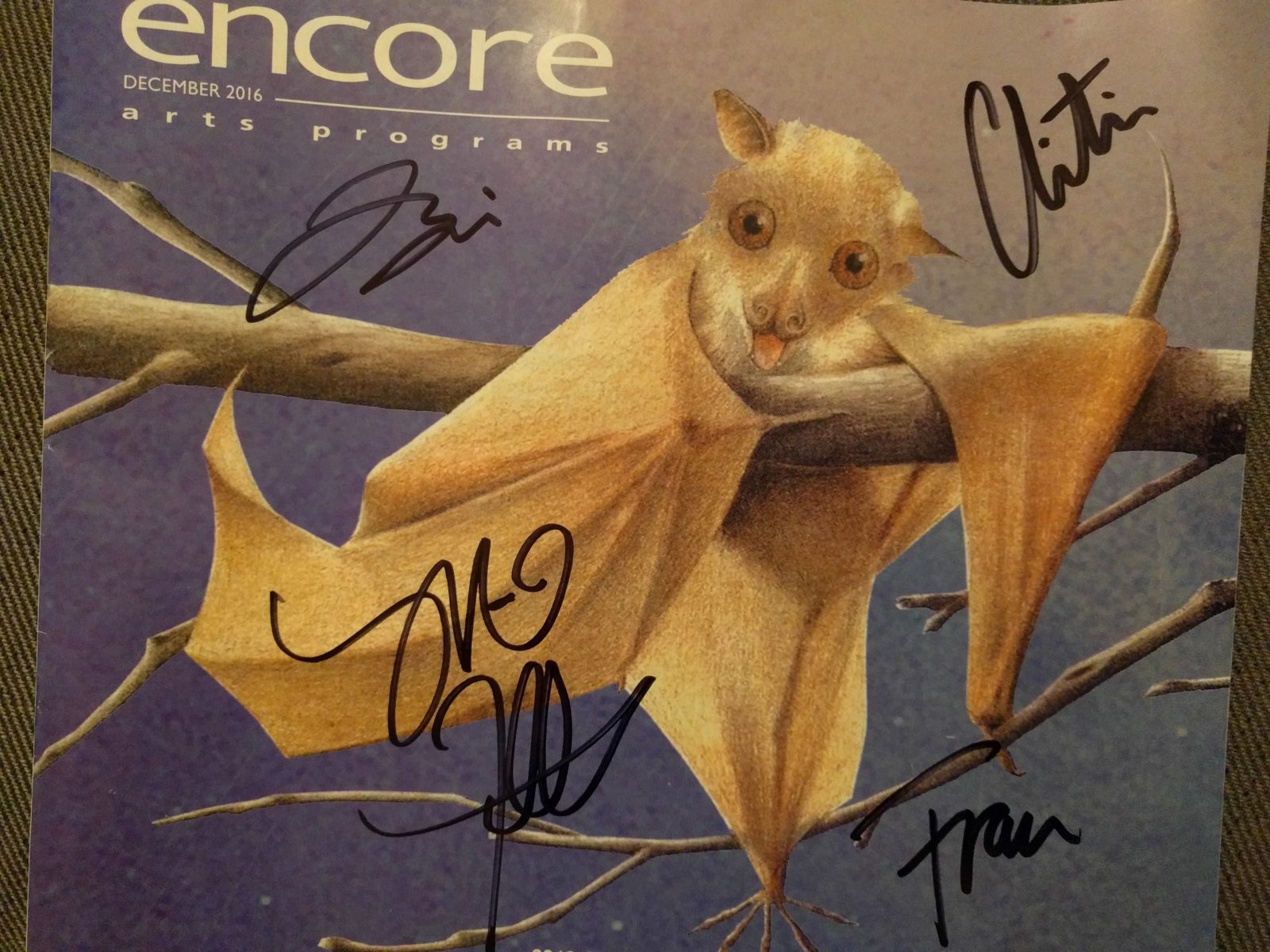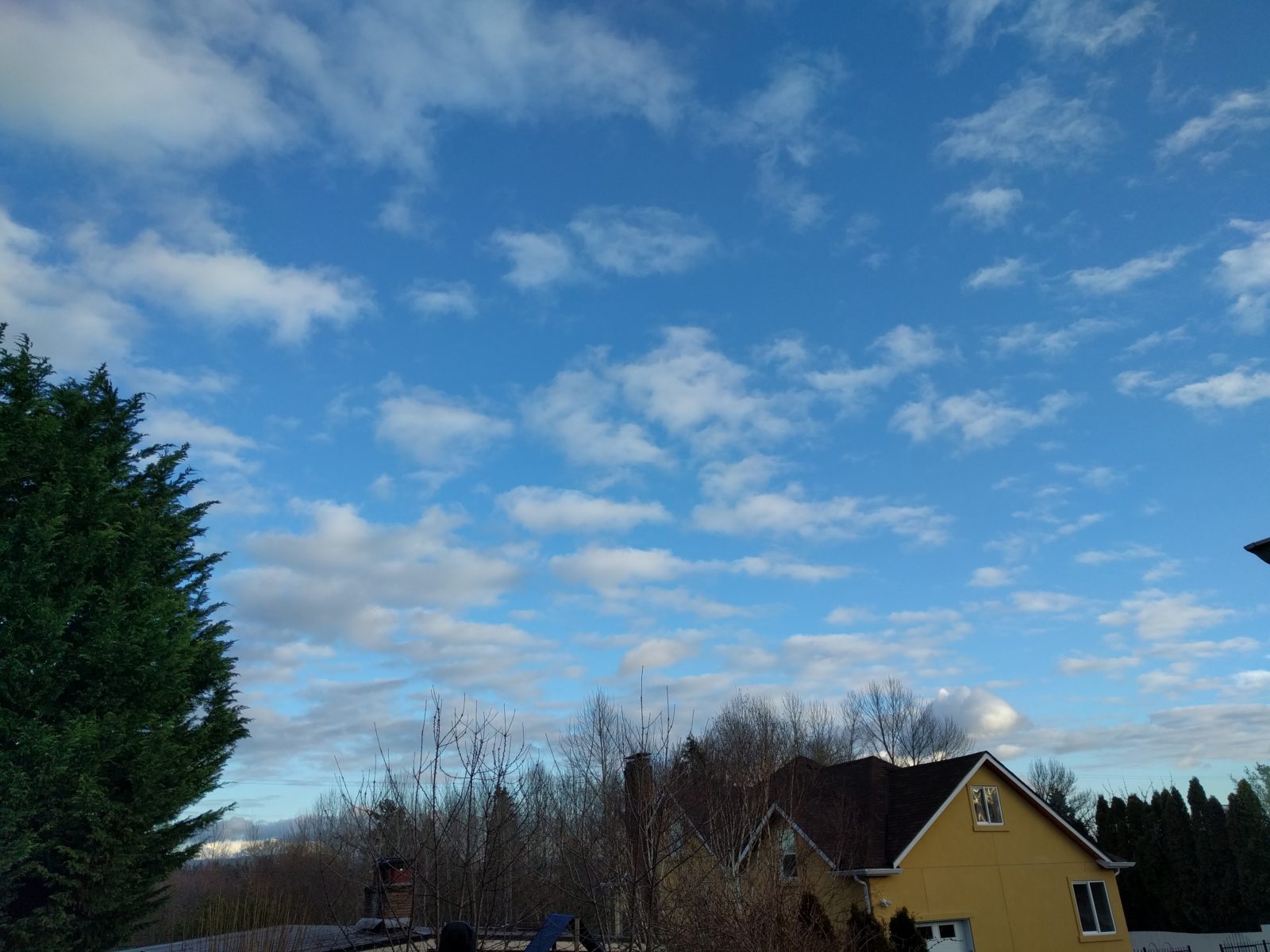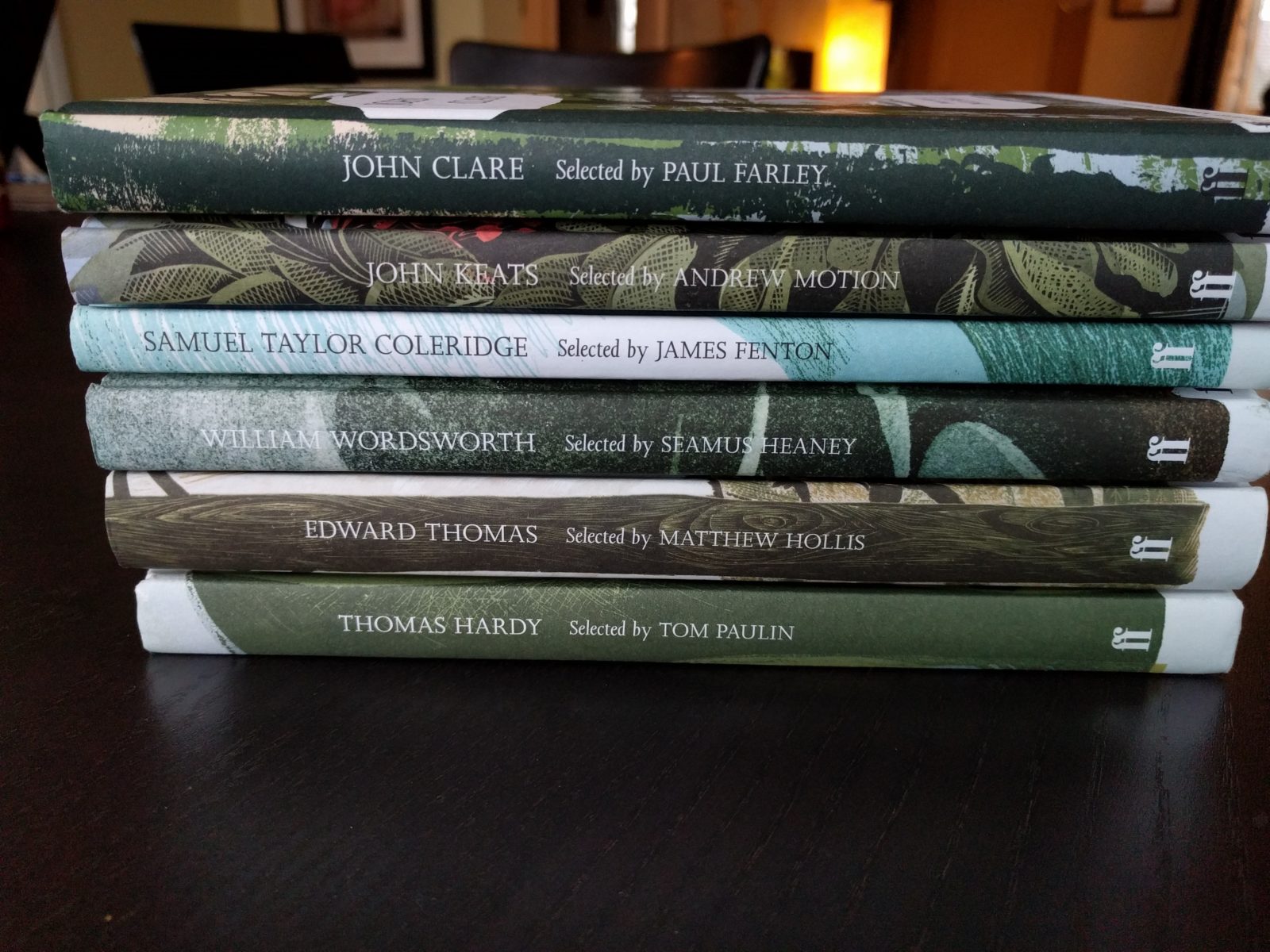In 2016 I’m doing a 365 Nature project. Learn more about the project and see all the 365 Nature posts.
The first time I heard about Nan Shepherd’s The Living Mountain was when I read Landmarks  by Robert Macfarlane. He uses Shepherd’s book as a catalyst for his chapter on mountains and I placed the book in the back of my mind as something to read should I happen upon it. It wasn’t more than a few months later that I did happen upon it in a bookshop’s section about local culture. The bookstore was in Aviemore, a town on the west side of the Cairngorm mountains in the Scottish highlands, the very mountains Shepherd wrote about in The Living Mountain. It seemed the perfect happenstance to pick the book up.
by Robert Macfarlane. He uses Shepherd’s book as a catalyst for his chapter on mountains and I placed the book in the back of my mind as something to read should I happen upon it. It wasn’t more than a few months later that I did happen upon it in a bookshop’s section about local culture. The bookstore was in Aviemore, a town on the west side of the Cairngorm mountains in the Scottish highlands, the very mountains Shepherd wrote about in The Living Mountain. It seemed the perfect happenstance to pick the book up.
Now, after a month back from the Cairngorm mountains, I just finished reading this vividly descriptive book. Macfarlane states in Landmarks which is repeated in his introduction to The Living Mountain, “to aim for the highest point is not the only way to climb a mountain, or is narrative of siege and assault the only way to write about one.” I found this approach, the meandering, the looking and seeing the mountain, met me at the point in my life where I’m starting to take more to wandering than reaching for a summit. Throughout the book Shepherd describes what she’s encountered, either by chance or instinct. She falls asleep and awakes to a Blackbird walking on her leg. The more she experiences, the more she knows the mountain. But, as she says, “Knowing another is endless. And I have discovered that man’s experience of them enlarges rock, flower and bird. The thing to be known grows with the knowing”. And despite her depth of knowledge of these mountains, she is always learning, “I knew when I had looked for a long time, that I had hardly begun to see.”
Shepherd’s language is simple, yet she is very successful at portraying the sound, the smell, the feeling of the mountains. She describes the mist rolling in, the feel of water on the heather on her fingertips, the cold mountain stream on her bare legs with such vivid language, it’s hard to not feel a fog roll across my vision as I read. In one passage, about the dead fir roots found on the mountains, she talks about how they make the best kindling and instantly transports us into a mountain cabin;
I know two such old women, both well over eighty, both living alone, one on the Spey side of the mountains, and one on the Dee, who howk their fir roots from the moor, drag them home and splinter them. Then you may watch them, if you visit their frugal homes when the fire is out, build the rossity reets (we call them that on the Aberdeenshire side) into a pyramid with their brown hard wrinkled fingers, fill the kettle with a cup form the pail of well water, hang it on the swye and swing it over the blazing sticks. And before you have well settled into your newse the tea is made, and if the brown earthernware teapot has a broken spout (‘my teapot has lost a tooth’), and the tea splutters form it on to the open hearth and raises spurts of ash and steam, you can call it a soss or a libation to the gods as you feel inclined, but it will not make the tea less good or the talk less racy.
Read more about Nan Shepherd from Robert Macfarlane: Nan Shepherd: How one woman saw the Cairngorms in a different light






